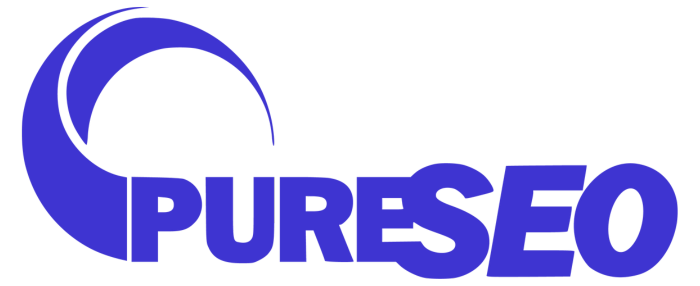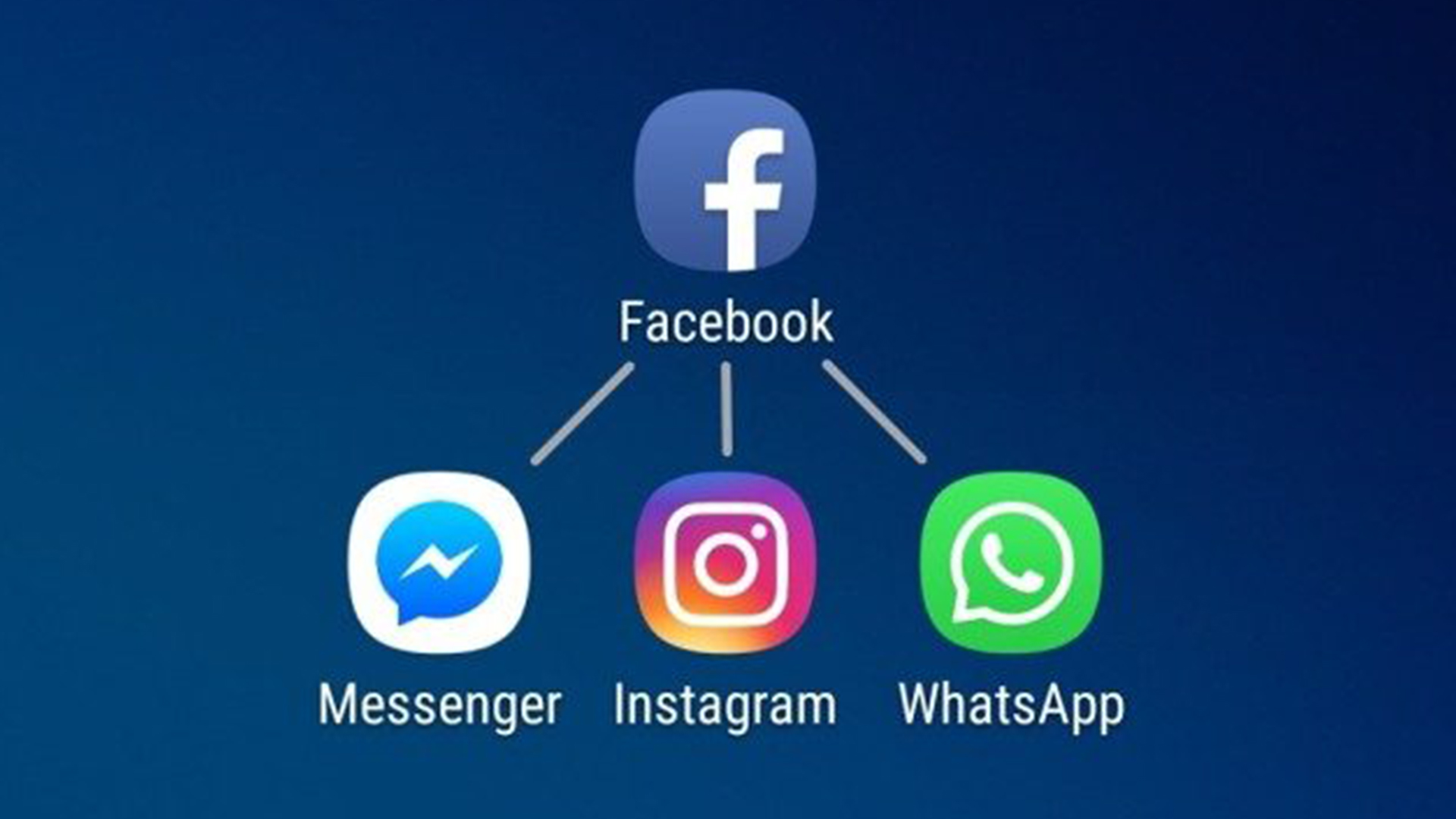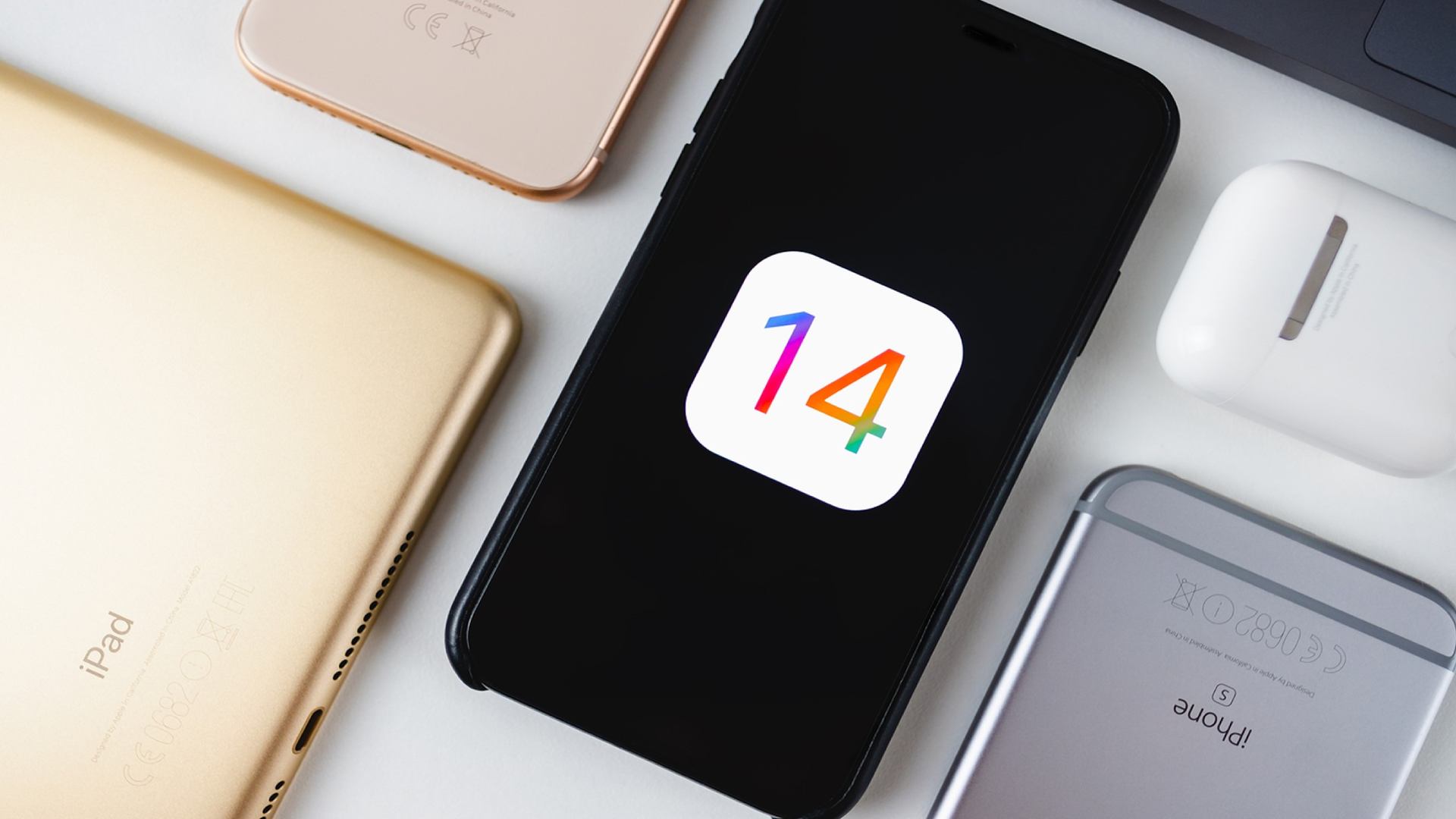
Email marketing is often considered the least understood media channel, but is one of the most important marketing tools for gaining leads. Why is this?
Email marketing is a way to engage your customers in a mutually beneficial conversation. It paves the way for your business to create a positive experience for customers, as well as a chance to address their problems to prevent negative experiences. That is why it’s essential to come up with current email marketing strategies which can adapt to the current needs of your customers.
Taking time to develop your email marketing strategies will allow you to keep customers engaged, improve lead generation, and boost your overall ROI. Read on to find best practices from New Zealand’s leading digital marketing agency.
What are email leads?
Email leads are those people who share their contact details with a business, usually through opt-in forms that are filled out on a company’s website in exchange for a free gift (e.g., an e-book, or a small discount).
Email leads form the foundation of any email marketing campaign and are important for any business. Through permission marketing, they can be nurtured into loyal customers and can become a key source of revenue for your business.
Why an effective email marketing strategy is important
According to data from statista.com, there was a total of four billion email users worldwide in 2019. On top of that, the number of email users is expected to grow to 4.6 billion by 2025. In a recent study, Growcode.com also reported that the ecommerce conversion rate from email traffic alone made an average of 5.3%, which is higher than averages for traffic from search, direct, and social media. The research identified email and referral (5.4%) as the best-performing acquisition channels. In comparison, the conversion rate of social media came to 0.74%.
This data proves that optimising your email marketing strategies can be a lucrative opportunity for businesses. It’s also important to note that ecommerce conversion rates by traffic source (social media, email, referrals) will have different levels of effectiveness, depending on the industry. With this in mind, we recommend that you take note of which media performs best for your industry and in your country, offering the highest CTR for your business.
Email marketing best practices (the basics)
Implementing both long-term strategies and applying new tactics to your email marketing can help your business build stronger relationships with your customers and gain new prospects. Below are some of our email marketing best practices that you can use to drive a steady stream of leads to your business.
1. Automate your emails
Email marketing automation through platforms like Mailchimp, allow businesses to automatically send bulk emails to mass audiences consistently and at a set time. Through automation, you can set your email marketing strategies and have automatically personalised emails that further improve your email campaigns and generate leads.
Specific triggers can be set to send emails to the right subscribers at set times, such as when a customer opts-in to your email list, buys a product, registers for a webinar, subscribes to a service, etc.
2. The right email frequency
Sending emails to your mailing list randomly isn’t advisable. For one, under-mailing may lead to missed revenue opportunities and over-mailing may lead to decreased engagement. It’s crucial to know when and how often you should contact your subscribers to achieve the best results. To do that, you need to look at your mailing frequency data to maximise your email campaign ROI.
For example, marketers who send one newsletter per week have been shown to have the highest average open and click-through rates. Aside from average CTRs, one should also look at the total number of conversions generated in relation to your mailing frequency. The optimal mailing frequency will depend on your target market, products, and overall data.
2. Focus on timeliness
Email marketing crafted based on current events can significantly influence engagement and sales. For example, launching email marketing campaigns during the holiday season may lead to higher chances of conversion. This is because your business is offering customers promotions and discounts at a time when they’re more likely to shop. Therefore, it’s essential to connect your email campaigns to whatever your audience is experiencing in real-time.
3. Design clean and concise emails
The design and layout of your email are very important when it comes to generating leads. A few best practices to consider when designing your emails include:
- Neat and simple design that makes your emails easy on the eyes
- Plain fonts in no more than three styles
- Clear CTA, close to the top of the email
- Text that is nicely spaced, concise, and clearly expresses the CTA.
4. The KISS principle: Keep It Short and Simple
People are busy—if you want your emails to convert better, you need to craft emails that can communicate your message as quickly and as clearly as possible. Ensure that your content is skimmable and easy to understand. If you succeed in structuring your content clearly and concisely, the more chance your email campaign will see an increase in click-to-open rates.
5. Make compelling subject lines
The subject line plays a significant role in influencing people to click and open the email in the first place. A catchy and well-worded subject line such as ‘20% discount on knitwear today’ can grab your reader’s attention instantly and incentivise them to take action. The subject line should also clearly reflect the purpose of the email and be concise, at around 30-50 characters in total, followed by the preview text.
6. Optimise email preview text
Who opens emails with awkward preview text that doesn’t match the subject line or explain the purpose of the email? No one, that’s who! Make sure the text naturally works together with the subject line as a unit, like a headline and sub-heading.
Automated emails through platforms like Mailchimp allow users to create their own specific preview text, while others generate default preview text from the first several words or sentence of the email body. Make sure your email subject and preview text appear accurately before sending emails to all your subscribers.
7. Provide valuable content
More doesn’t always mean better, and providing content of value—rather than ‘fluff content’—will have a much higher chance of increasing your email marketing campaign’s CTR. Therefore, when creating content for your email campaign, always prioritise content that is useful, informative, and relevant to your specific audience or audiences’ interests.
8. Target your audience with intent
When it comes to choosing the best target audiences for your email marketing campaigns, people who have already opted-in and subscribed to your emails by their own volition are the best choice hands down.
While there are marketing tools that allow you to reach people who did not sign up for your newsletter, we don’t recommend using them. This is because reaching out and emailing people at random—people who might not have any interest in your offerings—is much more likely to waste your time, money, and effort.
It’s more effective to market to subscribers who have opted into your marketing campaign. Take time to build your email list and create individualised campaigns for the people who show genuine interest in your products and services.
9. Reel them in with personalisation
When crafting an email, the general rule of thumb is that it should speak your brand’s voice. However, email marketing should also fit within your larger marketing strategy and cater to your audience’s preferences, wants, and needs.
By creating buyer personas that represent the people who purchase your products, you can develop content that resonates when them. Learn who they are, how old they are, what problems they’re dealing with, and what goals they want to achieve. This way, you can better refine your email campaigns and align them with your brand voice as well as your buyer’s personas.
10. Segment your emails
Email segmentation is a personalisation tactic that involves the splitting of subscribers into smaller segments based on set criteria. You can segment emails to send based on dozens of behaviours, such as:
- When a subscriber first signs up
- Which links a subscriber opens in an email
- If a subscriber clicks through to a landing page but doesn’t convert
- If the email is left unopened (resend the email with a different subject line)
Segmenting your emails will help you deliver more relevant email marketing to subscribers, based on their interests, geographical location, purchase history, etc.
<H2> Bonus best practices!</H2>
1. Use lead magnets like gated content
One of the best ways to leverage your most valuable content is via lead magnets. A lead magnet is a free resource that is used to attract potential customers to your subscription list. Lead magnets can take many forms, and gated content is one of them.
‘Gated content’ refers to content that is only accessible to website visitors once they provide their contact details. Gated content is a great way of providing valuable content upgrades (additional high-value content) in a non-invasive way to entice visitors to become email subscribers.
Lead magnets like gated content incentivise lead generation because readers with a pre-determined interest in your brand/industry/product are more likely to open email offers and convert.
For example, an easy way of promoting gated content to visitors is at the end of a blog post. You can add a CTA that tells the reader that if they want to learn more, they can download a relevant article, e-book, or report, by subscribing and having it sent to their inbox. This tactic can help you gain more revenue from blog content in the long run, and help you build a dedicated email list at the same time.
2. Encourage subscribers to forward and share emails
One of the best ways to generate new leads is to put your existing subscribers to work for you. You can encourage your subscribers to forward and share your emails with a compelling CTA, such as ‘did you find this email interesting? Share it with a friend!” and follow this with easy social-sharing buttons.
By incentivising your existing leads and encouraging subscribers to share your content, you can generate new leads even on your most unproductive of days.
Another way of incentivising referrals from subscribers is by offering them a reward that appeals to their interest. This will also increase the likelihood of conversion because if what you offer them is worth their while, subscribers will be more than happy to refer a friend or family member.
Discounts, contests, and giveaways are all effective ways of incentivising referrals. Setting deadlines e.g., limited time offers, can also add a sense of urgency that will encourage viewers to convert—just be sure that these deadlines are genuine. If the offers continue indefinitely, don’t give a deadline!
3. Leverage social media channels
There are currently 3.78 billion active social media users worldwide. By 2025, this number is estimated to escalate to 4.41 billion users. Social media channels can be powerful platforms to help you grow your email list.
By adding CTAs to your profiles on social media and posting regular content on your social feeds such as content that highlights your free downloads, promotional offers, updates, and more, you can not only gain new email leads but also increase your social media following and continue to generate leads on autopilot.
Other great social media tips include:
- Adding your social media channels to your email templates, so subscribers can easily become social followers as well.
- Add a sign-up button and opt-in form to your company’s Facebook page.
- Take advantage of Facebook ads and promoted pins to increase your email list faster.
- Include sharing links on your content so subscribers can easily share your lead magnets within their networks.
4. Don’t use a noreply@ address
Using a noreply@ address implies that your company leans towards a one-sided relationship. Users who see a noreply@ address will assume that your business doesn’t care about hearing their opinions and feedback, whether they’re positive or negative. To ensure you’re opening your company to your customers and is eager to know and hear their insight, let them know your business is available for response and feedback.
5. Optimise emails for mobile
Emails look different when opened on a smartphone, and 59% of email users use mobile devices to check their personal emails. To ensure the success of a mobile email campaign, here’s what you can do:
- Keep subject lines brief and concise; preferably under 30 characters.
- Add a pre-header text so mobile users instantly know what the email is about.
- Use a larger font size so that mobile users don’t have to zoom in.
- Optimise images for them to load on mobile devices properly.
- Place CTAs at the top.
6. A/B test emails to increase open rates
Split testing, otherwise known as A/B testing, is an effective way of determining which of two campaigns is performing the best and gaining the most opens or clicks. To perform an A/B test, you need to set up two variations of an existing campaign and send them to a small percentage of your subscribers.
Split testing will help you optimise your copy and your email marketing strategy in a way that encourages conversions. For each email you wish to test, make sure you define the elements you want to test, such as CTA, subject line, images, body text, or the email layout. Once you determine this, you can use a built-in A/B testing tool in your email marketing software and begin your test.
7. Keep an eye on the competition
If you’re lacking in creative ideas for your email content or campaigns, a simple but effective way to get inspired is by checking out the competition. This doesn’t mean you should outright copy them but use them as a comparison to find areas you can improve in your own strategy.
8. Use email drip campaigns
An email drip campaign is a series of pre-made email messages from your company brand, that are usually automated to send to your subscribers over a period of weeks or months. They are often triggered if the user performs a certain action (e.g., sign up to a mini online course, a chapter-based story, or other subdivided content).
Email drip campaigns can be used as a method to get new subscribers used to receive your email messages at set intervals. Furthermore, they can be used to educate leads and increase engagements with a higher click-through rate than many other email campaigns.
Drip emails also depend on automation; therefore, they don’t require your constant supervision. Although you will still need to monitor, test, and update them over time, businesses don’t need to devote all their energy to continuously create and send emails.
9. Tie emails to relevant landing pages
If the main purpose of your email marketing campaign is to send more traffic to your website, then be sure to include a link in your email to the most relevant landing page. The landing page should have a matching content, visuals, and headlines to the email. A great practice is to send them directly to the page that they want to see, such as a specific product page. The more clicks they have to make on your website to find the content, the less likely they are to convert.
Ensure you use the right tracking tools to reveal which emails and landing pages convert the best, so you can cut out what doesn’t work and do more of what does.
10. Study results and adjust campaigns accordingly
The work shouldn’t stop after hitting the send button. Be sure to analyse your emails’ performance and see what worked, and what didn’t. There are numerous key performance indicators to analyse, including click-through rate, open rate, bounce rate, unsubscribe rate, spam reports, shares, and conversions.
Develop an effective email marketing strategy with Pure SEO
To develop your email marketing strategy and create compelling email marketing campaigns that convert, get in touch with the experts at Pure SEO. With the right tool and the right people, you can take your email marketing campaigns to the next level!
Pure SEO is a team of digital marketing specialists who can work with you to keep your campaigns relevant, engaging, and get you the results you need. Ready to start? Get in touch with us today!

















